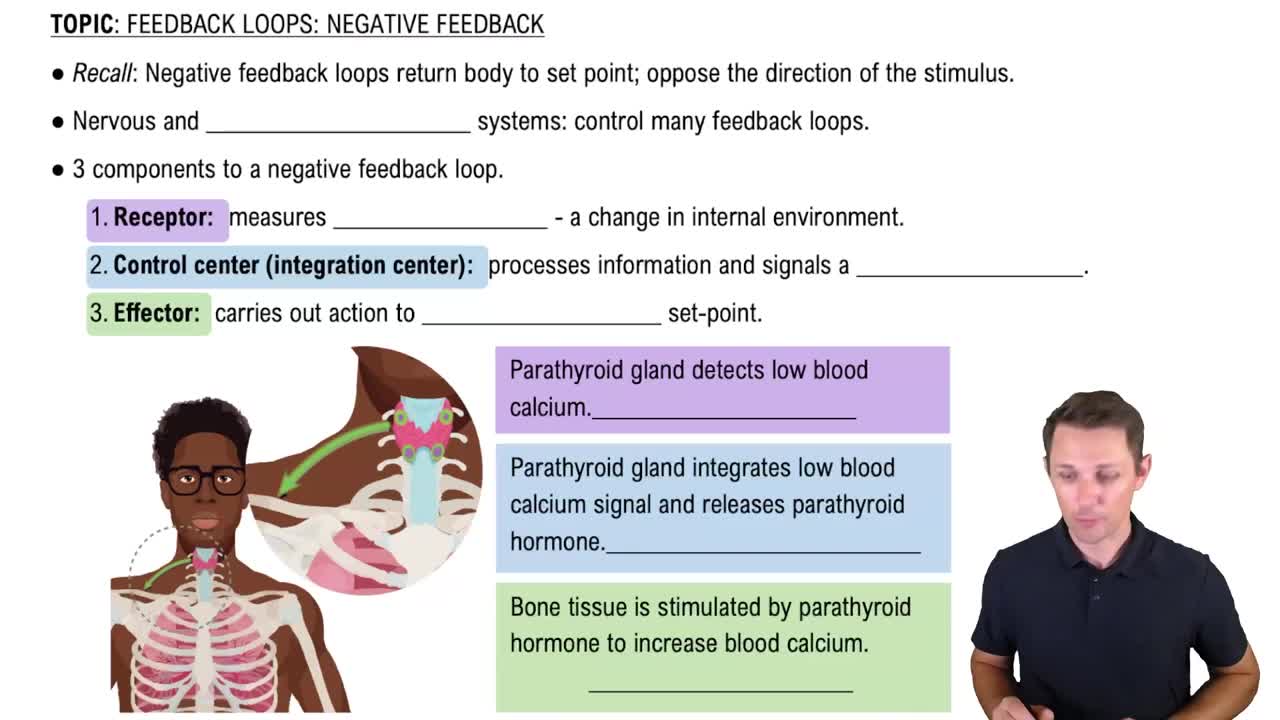Multiple Choice
Which of the following statements is true about negative feedback inhibition?
145
views
 Verified step by step guidance
Verified step by step guidance Verified video answer for a similar problem:
Verified video answer for a similar problem:



 3:26m
3:26mMaster Negative Feedback Loops with a bite sized video explanation from Bruce Bryan
Start learning